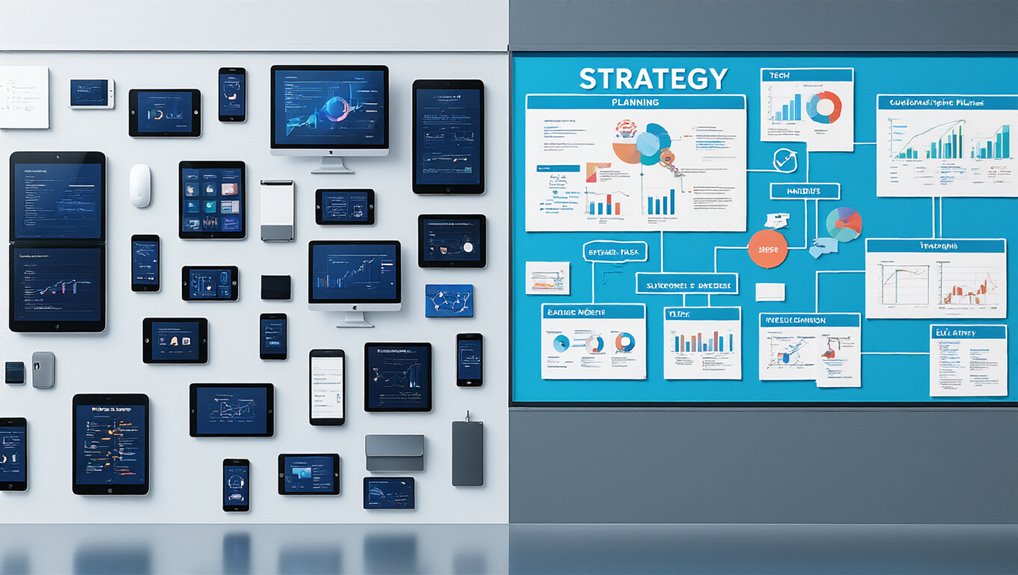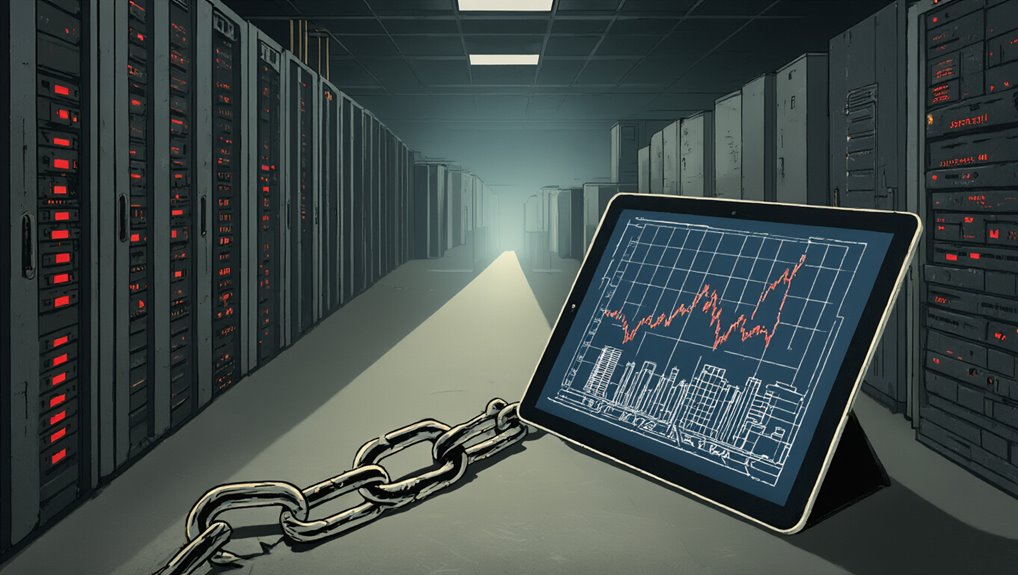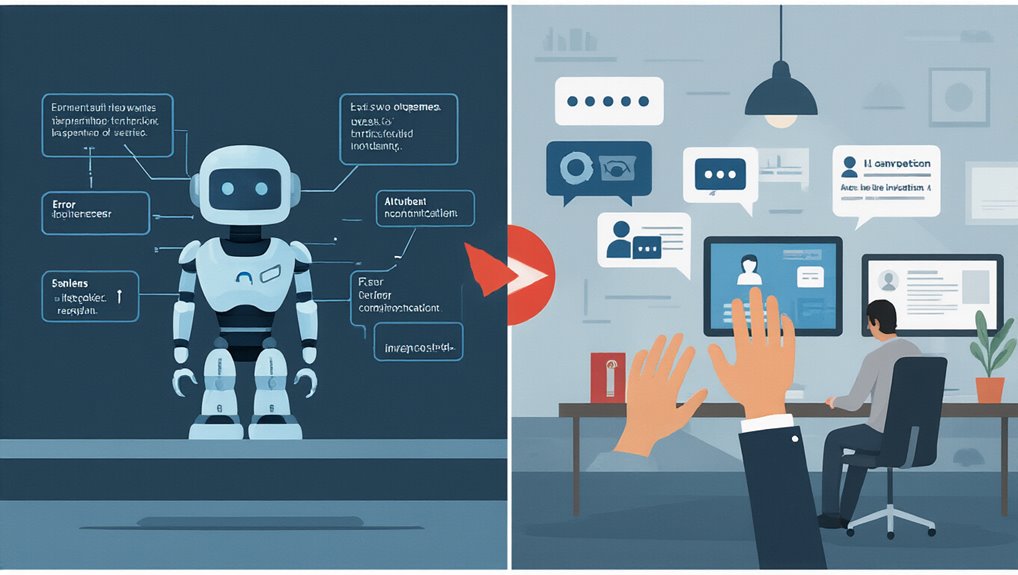Why do some companies inspire fierce customer devotion while others struggle with constant churn? The answer rarely lies in flashy loyalty program features or the latest technology platform. Organizations that succeed in transforming customer loyalty begin with robust strategy, not software solutions.
Effective loyalty transformation starts with establishing clear, measurable objectives that align with business goals. Companies must develop a compelling value proposition that resonates deeply with target customers before considering technical implementation. This requires assembling a cross-functional team of 8-10 stakeholders to incorporate frontline insights throughout the five key phases: discovery, design, selection, development, and launch.
Building loyalty isn’t about software—it’s about strategy that resonates with customers before technology enters the conversation.
Customer behavior analysis forms the foundation of successful loyalty initiatives. By segmenting customers using RFM (Recency, Frequency, Monetary value) methodology, organizations can identify high-value customers and tailor interventions accordingly. The Loyalty Ladder framework helps visualize customer progression from initial purchase to brand advocacy, allowing for strategic tier design that encourages upward movement.
Integration capabilities matter more than feature lists. An enterprise loyalty architecture should seamlessly connect guest experience, loyalty management, and analytics layers across all channels. This requires thoughtful data strategies that unite internal systems like CRM and POS with external sources to create enriched customer profiles. Companies with integrated systems report significant improvements in operational efficiency and customer retention. These connections enable the personalized interactions that drive engagement.
Modularity in program design proves vital for balancing personalization with operational efficiency. The most effective programs offer guided options tailored to preferences without requiring full customization. Customers appreciate having different qualification paths and reward selections while businesses benefit from scalable implementation. The most successful programs leverage the 3 Rs framework—Reward, Recognition, and Relevance—to sustain relationships and strengthen emotional connections with customers.
Organizations must resist the temptation to chase technology trends before solidifying their loyalty strategy. Instead, define SMART objectives (Specific, Measurable, Attainable, Relevant, Time-bound) like “increase basket size by 10%” to guide technology selection. Digital loyalty initiatives should prioritize relationship marketing rather than focusing solely on transactional approaches that fail to drive sustainable business growth.
When strategy drives technology decisions—not vice versa—companies create loyalty programs that transform casual customers into passionate advocates, delivering sustainable competitive advantage in increasingly crowded marketplaces.









